Groundbreaking innovations may seem like bolts of lightning, but in fact, most world-changing ideas don’t occur in one fell swoop. They are the culmination of a series of far smaller wins. In this engaging manual, best-selling innovation expert Josh Linkner aims to demystify the creative process and show how any person from any walk of life, can learn to become a creativity powerhouse. To that end, he offers up an eight-part framework for innovative thinking and problem-solving, using stories of successful innovators to illustrate these tactics in practice. Whether you are already a successful innovator looking to improve your skill or someone with good ideas who doesn’t know how to start, Linkner’s methods will help set your imagination free.
You can learn to be creative.
People think of innovators as people with special gifts and abilities they’ve had since birth. In fact, every person has the capacity to develop greater creativity through practice and experience.
Innovation starts with imagination: The ability to dream up something new. An imaginative idea graduates to an act of creativity when it displays “inherent value.” A toddler pounding piano keys may be imaginative, for example, but a professional jazz pianist melds that imaginative power with taste and reasoning. Real-world utility means something creative can become innovative.
Small ideas add up to big wins over time.
Groundbreaking innovations seldom appear out of nowhere. Most are the result of a series of smaller innovative acts. Creativity experts Dr. James C. Kaufman and Dr. Ronald Beghetto rank creativity on four levels – from a child’s earliest “art,” for example, to the works of Picasso. Similarly, innovation comes in three forms: “INNOVATION, Innovation and innovation.”
The first form (all uppercase) may be what people talk about most – life-altering inventions that transform human society – but the...








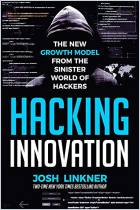
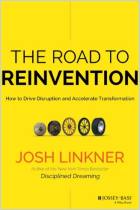

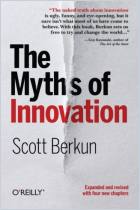

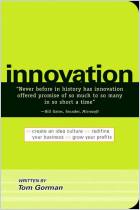
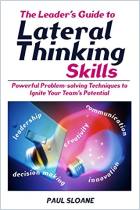

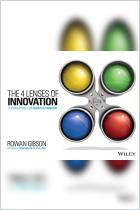


Comment on this summary or Start Discussion